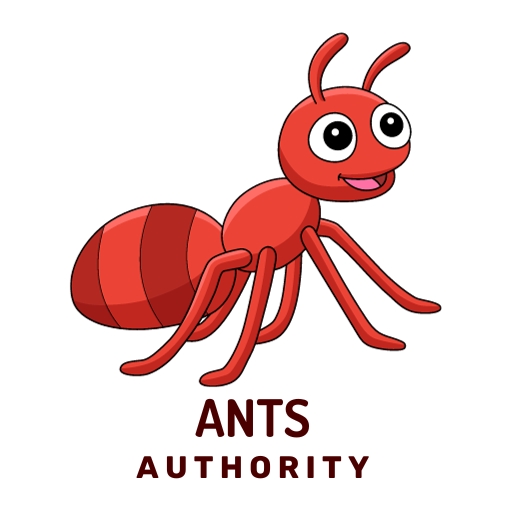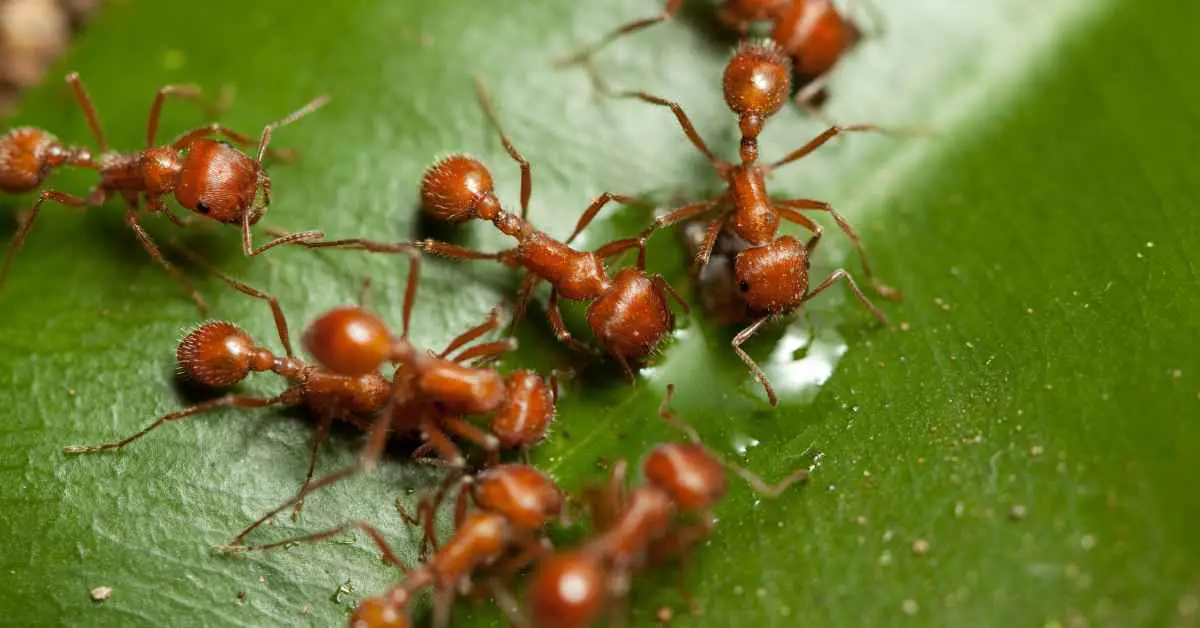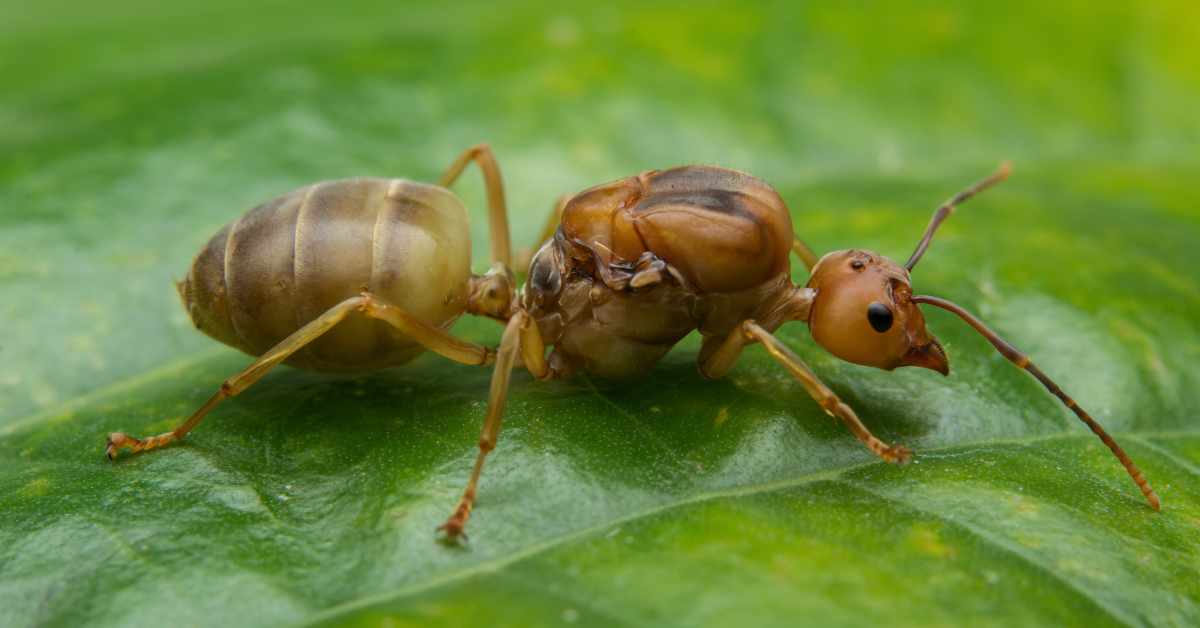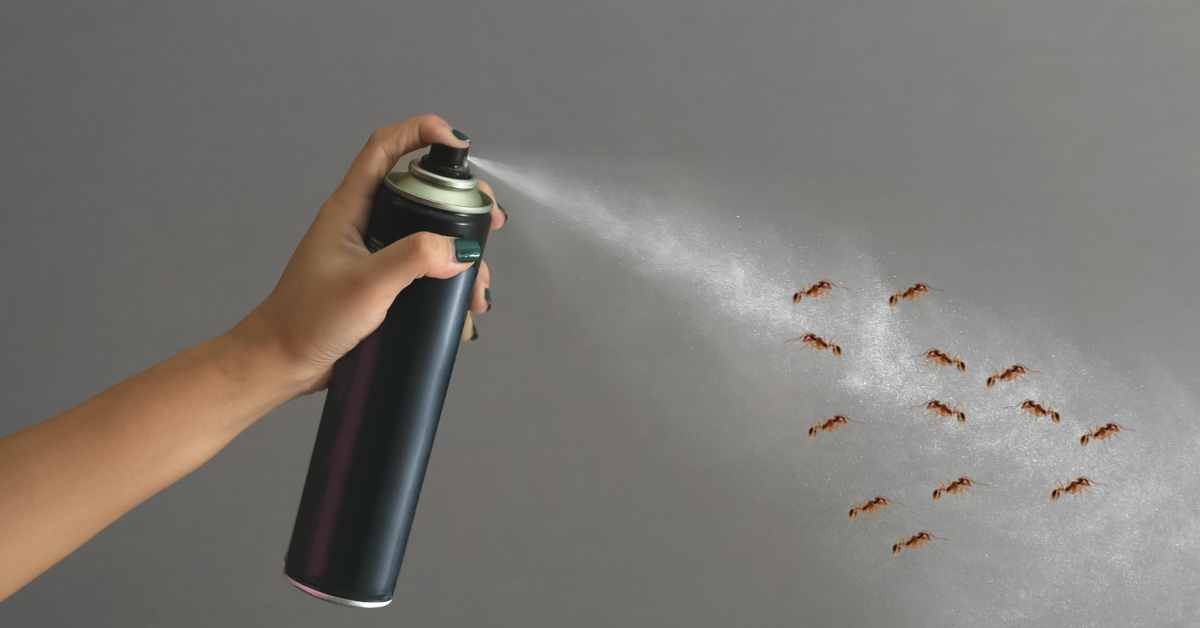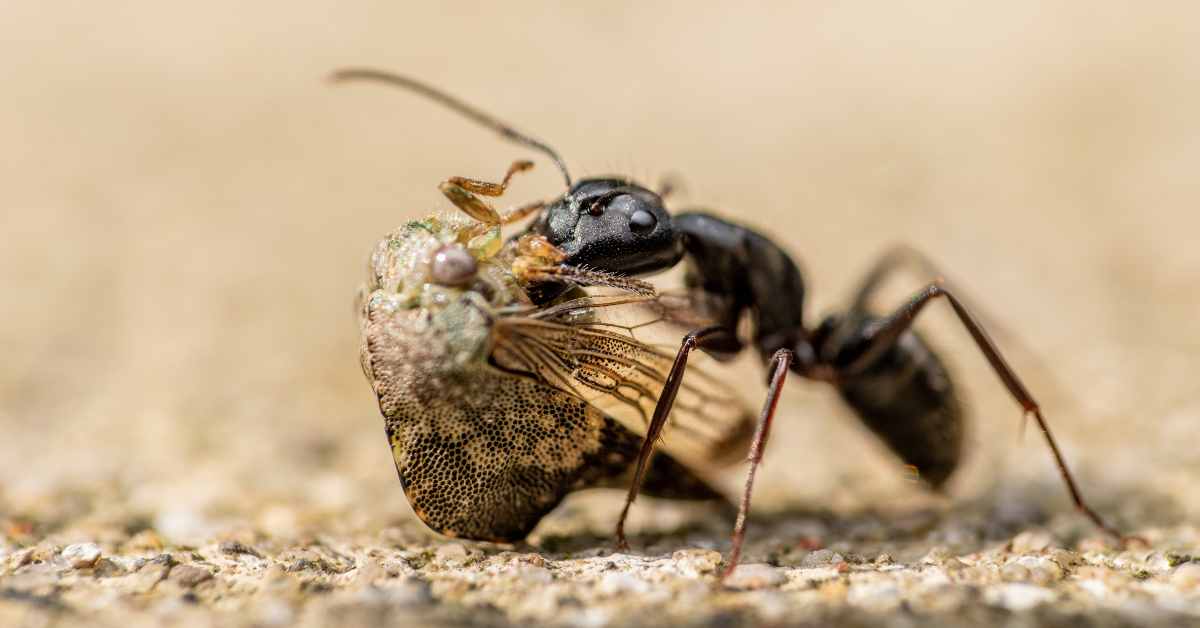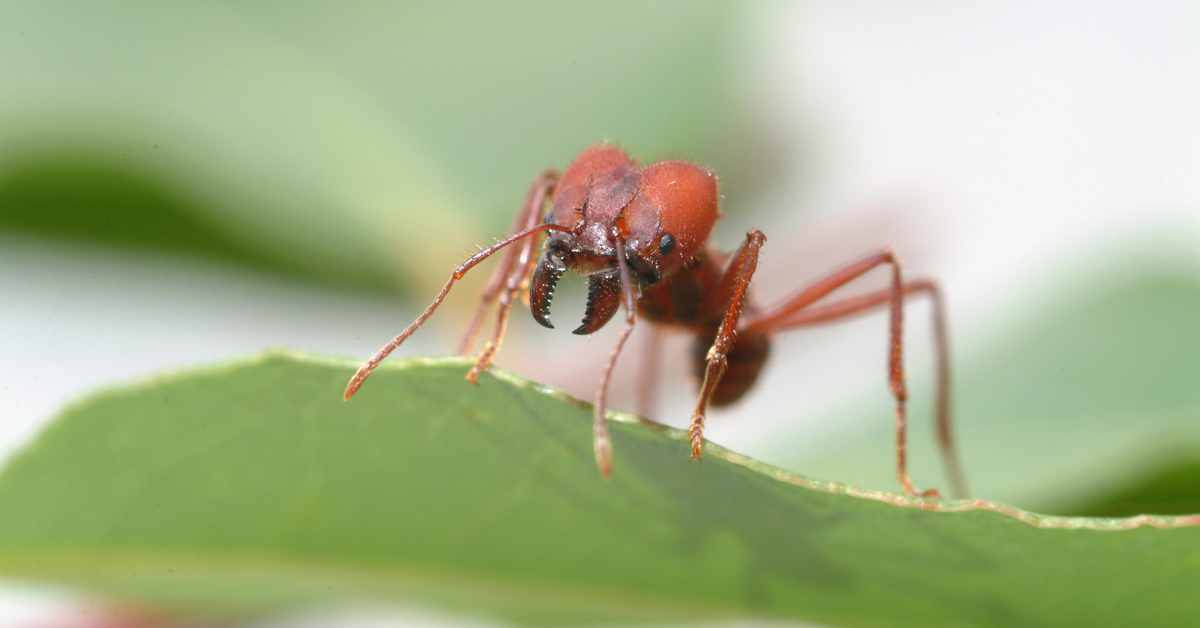Types of Ants in Florida
Almost 16 to 20 different types of ants are commonly found in Florida, including native and non-native species of insects. Types of ants in Florida include African bigheaded ants, ghost ants, rough node snapping ants, Florida carpenter ants, little yellow ants, red imported ants, obscure rover ants, Florida trap-jaw ants, Buren’s pyramid ants, pavement ants, … Read more
